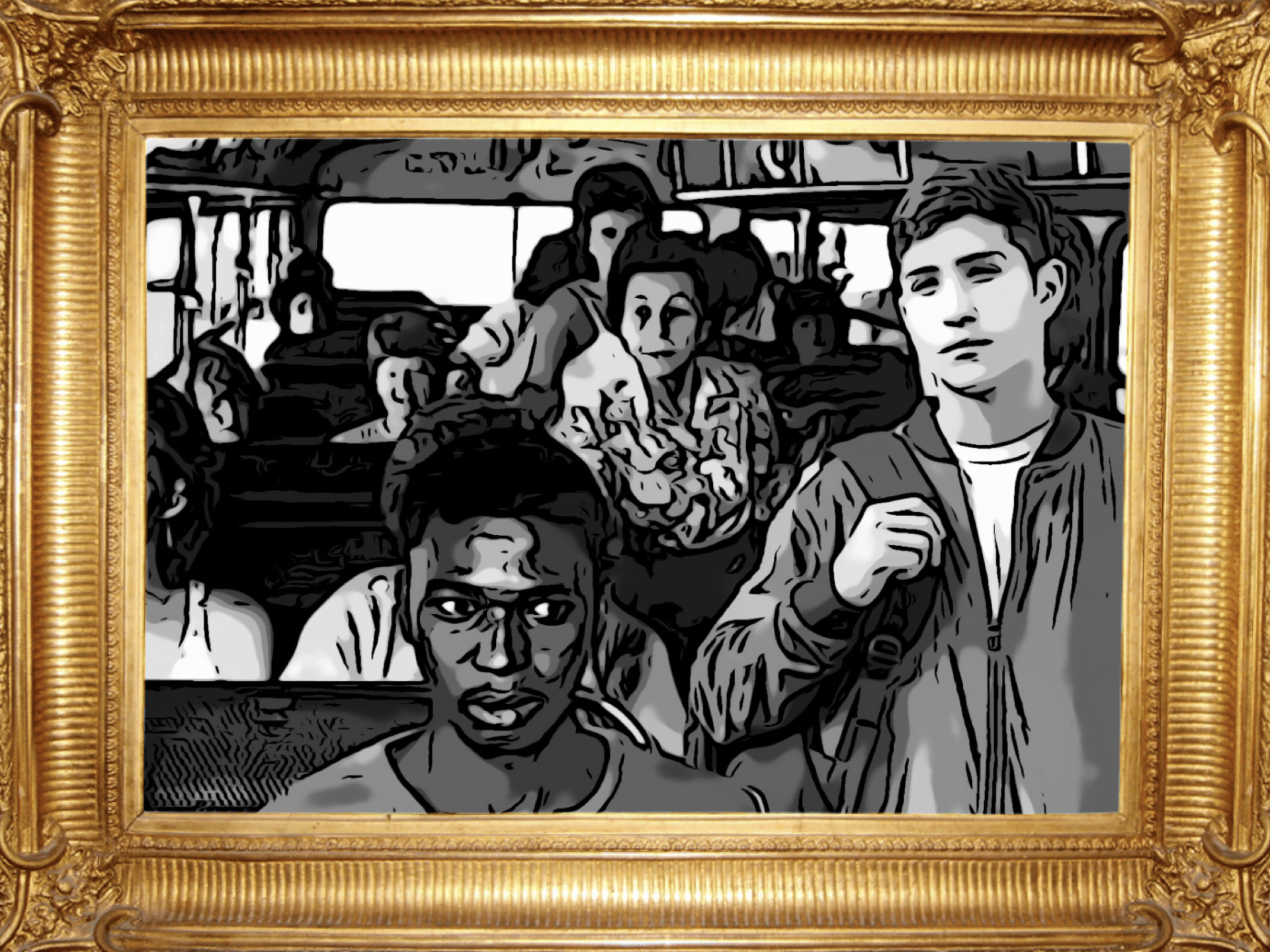“Let no man pull you low enough to hate him” -Martin Luther King Junior
With all the opportunities for love in this world, why do we hate? When an entire community can feel the joy of loving, then why turn to discrimination and bigotry? What makes “civilized” people unable to tame the most primal and animalistic of emotions?

The question “Why do we hate” is the driving question in which I have decided to view the rest of our PLP We Shall Overcome civil rights project through. Like everything in PLP, it is a complex inquiry that doesn’t have just one answer, which is why I have decided to focus my next couple of blog posts around it. Hopefully, through developing and exploring a number of answers, I can focus my lens on a strong understanding of the material we are covering:
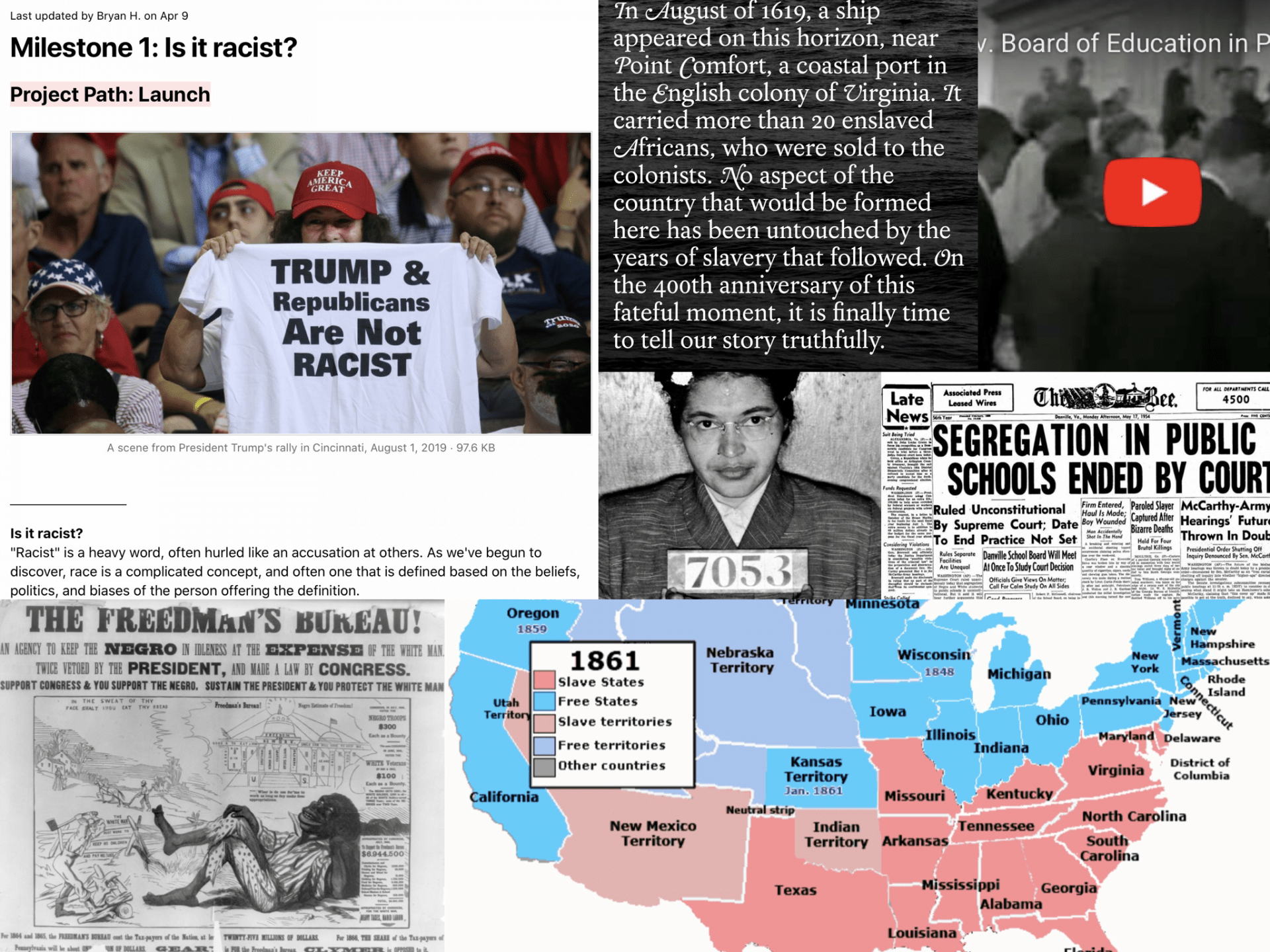
In this blog post, I will be giving my first answer to my driving question, which is that we hate because it is easy.
My Artifact:
Below, I have constructed a series of “photos” from the 1950’s which follow the story of boy as he grows up in the American South. At first glance, they appear like your run-of-the-mill family photos; a newborn baby, kids playing at a park and a family spending some quality time together. However, as you look closer, you will notice that this family’s seemingly average and happy day-to-day life is surrounded by the hate of racism. Whatever the boy might be doing, there will always be reminders of this hidden evil staring him straight in the face. It is not like anyone is born racist, but they certainly will grow up to be when it is this easy.
Of course, some people will grow up in situations much more likley to cause racism, and not all reasons for racism will cause the same amount of damage. To help these photos be interpreted, below each of them I have included a cause and consequence rating to help determine the degree of influence of these causes of racism and the severity of their consequences.
Here are my photos, along with what they represent.
*Some of these photos contain racist and offensive material. I do not support the scenarios portrayed in these photos and am using them as examples through which to discuss the subject matter”
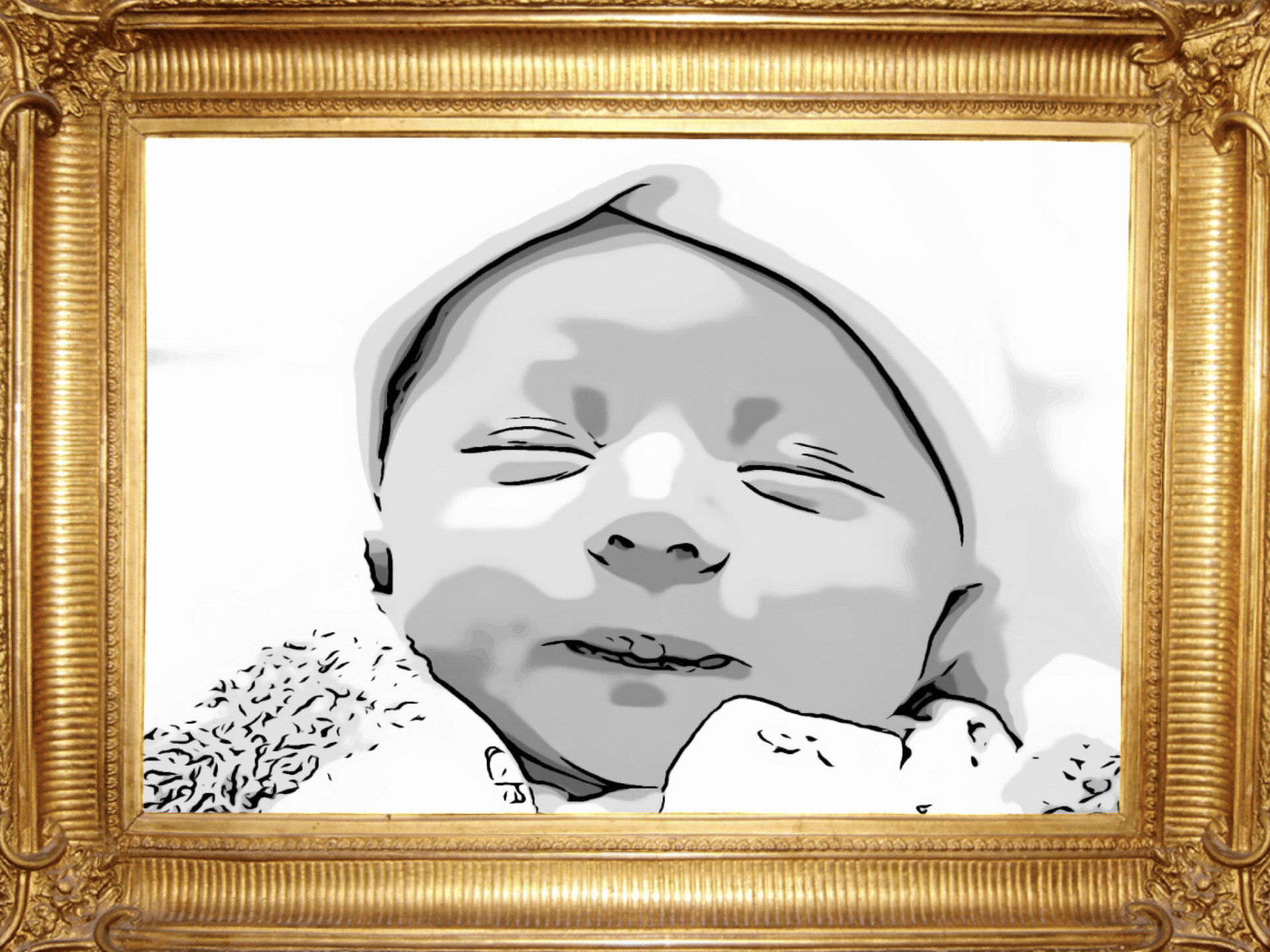
Racism: A Blank Slate
Awww. Look at this adorable baby! Being a mere couple of days old, this infant has no idea of his identity, or that of those around it. He is not shaped by societal norms, by choices and the glaring judgement of those around him. He or she could truly become anything, for better or for worse, and it will be the world around him that will help shape this fate.

The hate of racism is easy when: you see it all around you
From an early age, kids in the 1950’s would witness the White hierarchy of society all around them. It was common for upper class families to have Black maids who although were treated with kindness in the house were never seen as equals, even to the children. Racist imagery could also be found everywhere, with a prominent (and still existing) example being Aunt Jemima’s Syrup. Also, if you think the bib is an exaggeration…it’s not. Something far worse can be found in the Jim Crow Museum. When something like racism is all you know, of course you will perpetuate these hateful ideas.
Cause: This cause of racism leans more into a casual connection, as it is hard to pinpoint what specifically is causing a child to demonstrate racist behaviour. The degree of influence of it is high however as what a child is exposed to in their childhood will build the foundation of their beliefs for the rest of their life. A racist child also does not have the explanations of power or a political agenda to justify their actions, so there is a relative absence of alternative explanations.
Consequence: The consequence of being exposed to racism all your life is high as it will become ingrained in your subconscious. It will subtly touch everyone you meet and will last for your entire life unless you confront it.

The hate of racism is easy when: it is made amusing
One of the prominent ways children would be exposed to racism was through toys and entertainment. Minstrel shows, where a performer would dress up in blackface and mock African American culture, were a common family outing for families of all ages. Kids would see racist movies and TV shows on TV, experience racist advertising and enjoy racist toys on a daily basis (for example the minstrel makeup that was sold at corner stores). Kids would also find racism in heaps in the books they would read (for example, Little Black Sambo which was originally written in the pickaninny style). Of course all of these mediums promoted hate, but due to the amusement they provoked it was accepted.
Cause: This cause of racism in children is definitely not a casual connections as kids will directly copy what they find funny or amusing, making it likley a high contributing factor to childhood racism. The influence isn’t as strong as constant exposure however, as a kid will get over something they find amusing rather quickly. In an isolated case where a kid demonstrates a racist behaviour that they are copying from something they find amusing, there is no other explanation to why they are doing it other than the amusement they derive from it.
Consequence: The consequence from this kind of racism is not as severe as often kids will imitate amusing things without any reason behind them, taking away from it’s impact, who is hurt by it and how long the consequence lasts.
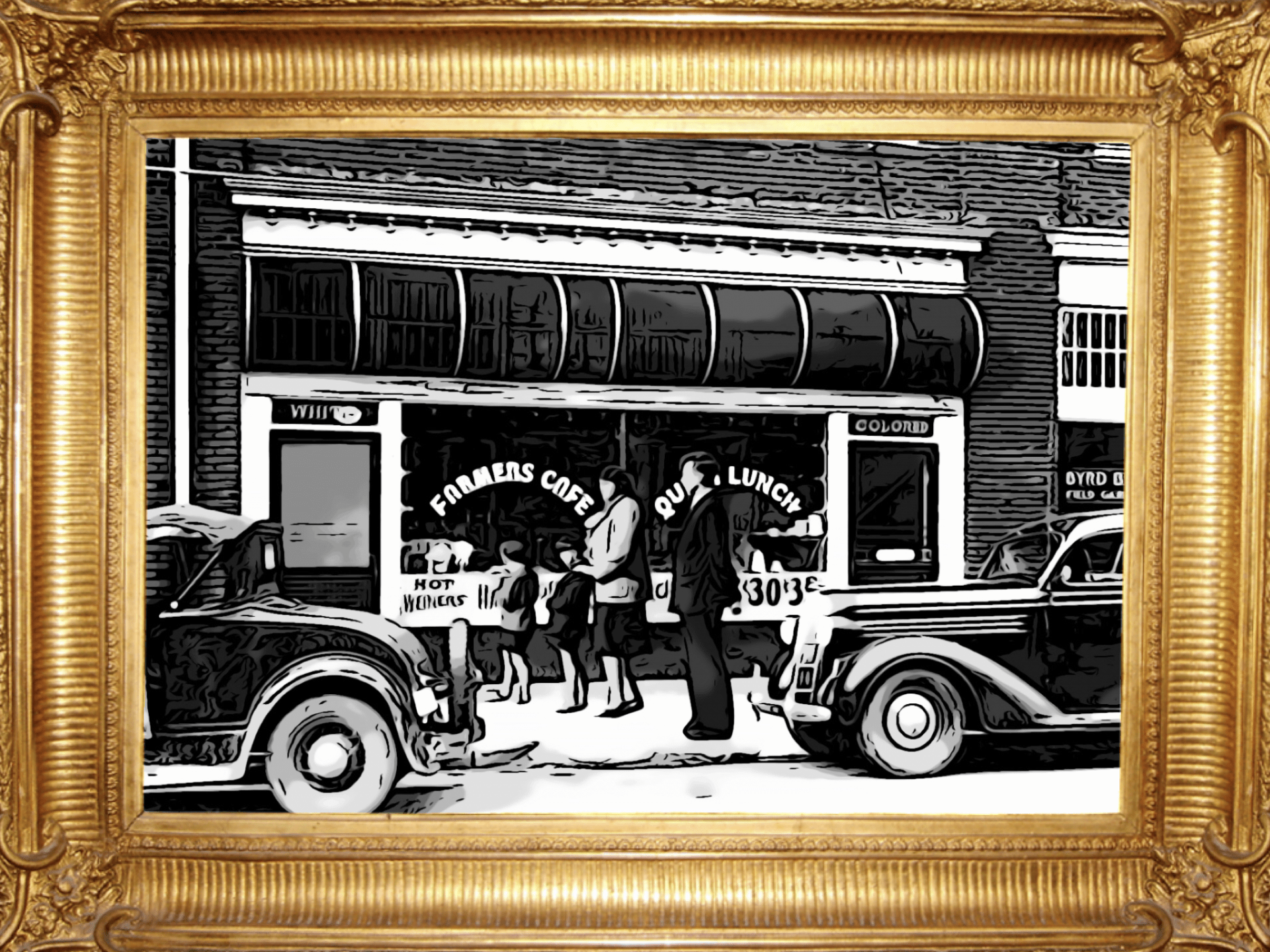
The hate of racism is easy when: it is easier than doing the right thing
Society is like a forest that has been growing for a millennia; if you want to cut it down you are going to have to hack through years and years of work. For the average, middle class family, taking the initiative to stop the hate would just take too much effort. Doing something as simple as protesting by going through the coloured door of the restaurant above could throw you into arguments, lawsuits, the press and so many more problems that many just don’t have the time to deal with. When an uphill good path and a downhill bad one is presented to the tired traveller, you know which one they will choose.
Cause: This cause of racism is more of the icing on the cake rather than the only reason for someone being racist, as something being hard will mainly deter those who are already racist. It’s degree of influence is high though as the amount of time and effort that it takes to overcome racism was a huge reason why the government couldn’t enforce anti-racist policies quicker in the South.
Consequence: This kind of racism can lead to devastating consequences as it throws in obstacles that will take incredible amounts of effort and years of work to overcome.

The hate of racism is easy when: it’s a societal norm
One of the deepest human desires is to be accepted, and individuals will be driven to great lengths to get there. In the 1950’s parks, restaurants, waiting rooms, buses, neighbourhoods, schools, recreational facilities, hospitals and even funerals were segregated, and this was considered completely acceptable. White people believed that Black people were okay with this and that this was how a civilized society should behave. The average person rarely had to question these beliefs and thus supported the hate of racism knowingly or unknowingly. For the people who did realize how wrong it was, they were often afraid to speak out due to the social acceptance that following societal norms would create.
Cause: For adults and older children, this cause of racism can be directly linked to many racist behaviours. Everything from racist jokes to supporting a racist politician can be often traced to a desire to social acceptance. The influence of this kind of racism isn’t the strongest however, as as soon as someone can break free of their desire to fit in they can overcome it. Racism that appears to be caused by this can also sometimes have alternative explanations, for example actually having a political agenda.
Consequence: The depth of the damage that this kind of racism causes can be quite large if a group of people are all on board with it and ingrain it into their social lives. It can also be quite long lasting, especially if someone stays in the same community for their entire life. Luckily, it is not as wide spread of other kinds of racism, as different communities have different societal norms (e.g. the American north and south)
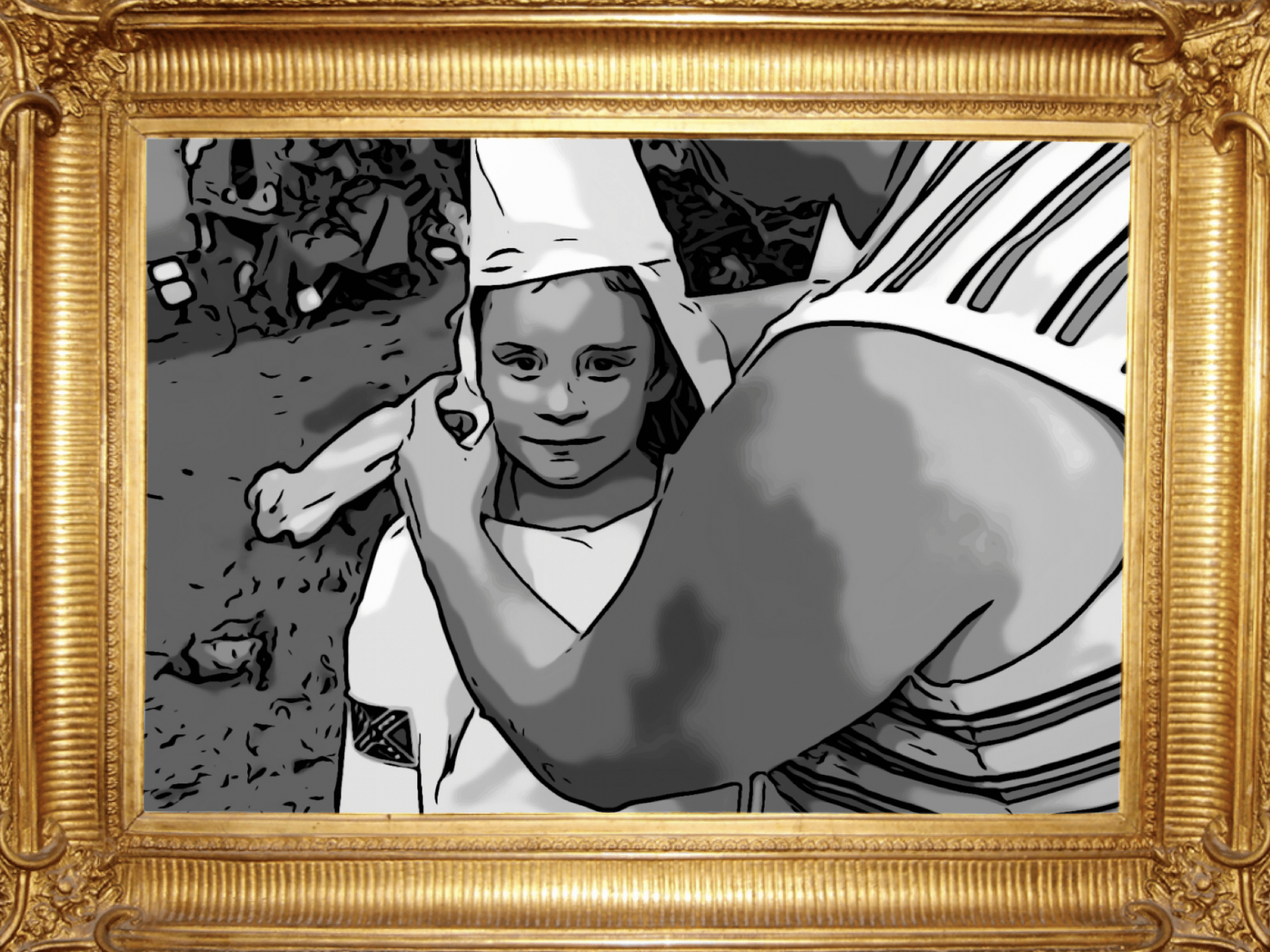
The hate of racism is easy when: you fear to oppose it
For many White folk, racism wasn’t something you had to worry about on a daily basis. As long as you paid it no heed then you didn’t have to been seen as racist or face the consequences of racism that Black people had to endure. However, there were times in history when racism was supported not as an act of violence but as an act of defence. The Ku Klux Klan was an extremist hate group which formed in 1866 and who regained popularity after the emancipation. They were known for their brutal protests, the burning of crosses in the yards of Black people, and a number of savage lynchings. Unfortunately, the KKK quickly became normalized in this time of unrest and could be found everywhere. They had members in the government, events parading the streets, newspapers, were on the radio. Due to their extremist nature, even White people feared stepping out of line for there was a very real threat of violence. This led to many taking to racism as a means of keeping the Klan off their backs.
Cause: This cause of racism is probably one of the most obvious to connect to racist behaviour, as when someone is doing something out of fear they will show it through other irrational behaviours. Its degree of influence is like a coin flip however, as someone who is afraid can take drastic measures, but as soon as the fear is taken away the damage can completely go away. When someone is scared and demonstrating racist behaviours, it is also pretty easy to trace this back to the fear and rule out alternative explanations.
Consequences: This kind of racism can cause deeply felt and widespread consequences, but often not as long lasting ones as other forms as people get over fear eventually.
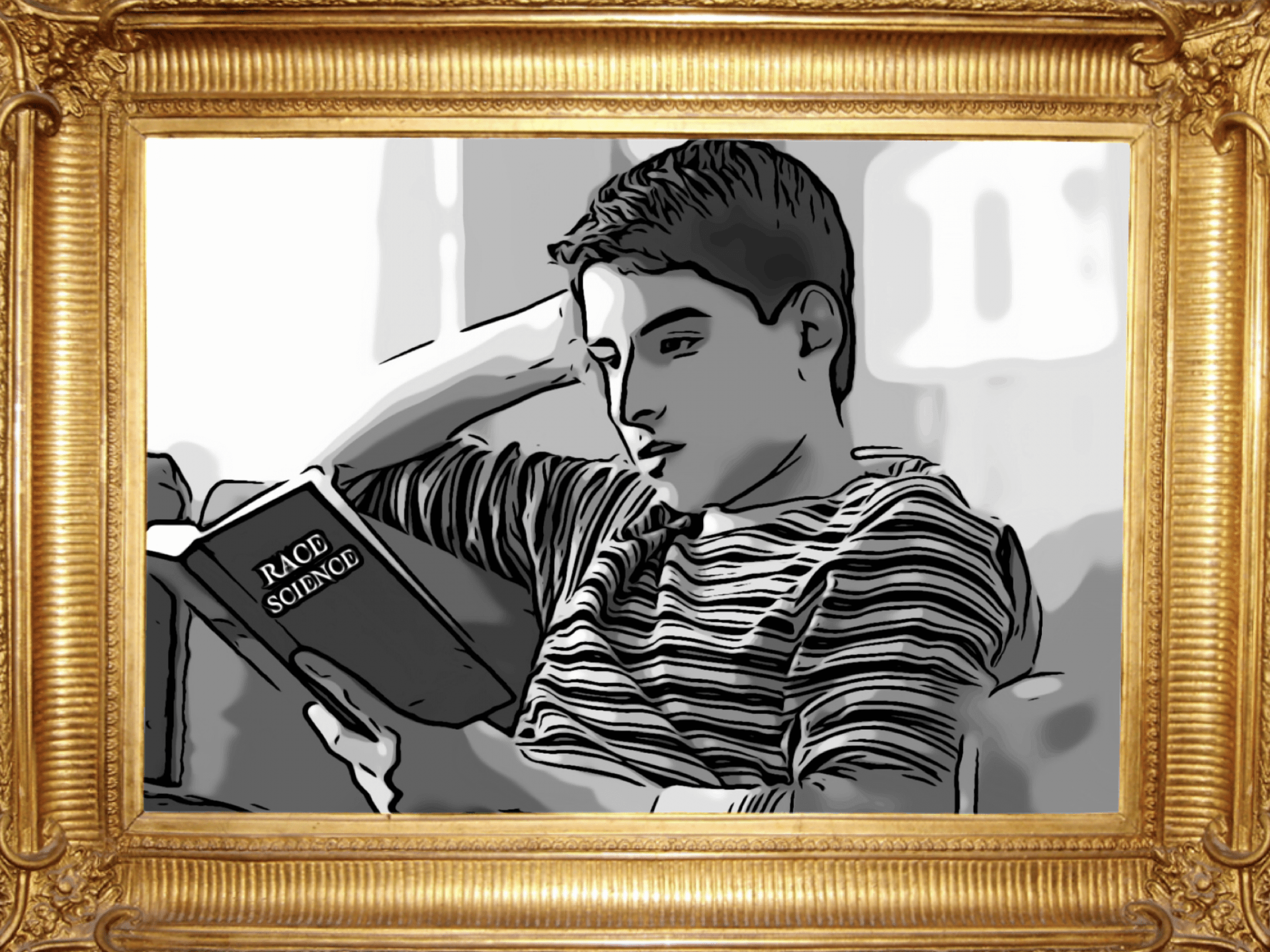
The hate of racism is easy when: it makes sense of your world
In a time when many people were uncertain about their lives and their futures, having the certainty of superiority gave some comfort. For centuries, scientists had been trying to prove that there was a scientific difference in the races, and many turned to use these faulty arguments as means for justifying racism. Of course there weren’t many hard facts, but when they saw things like this, supporting racist beliefs such as that interracial marriage was wrong wasn’t so hard to do anymore as in their minds, other races were truly inferior.
Cause: This cause of racism is hard to pinpoint as people will often deny that they do not know something or feel insecure. Its influence is undeniable however as another one of the deepest human desires is to feel in control and make sense of what one experiences.
Consequence: The consequence of this kind of racism is deeply felt in places like politics and religion, where beliefs are the driving force. Beliefs also become the foundations for livelihoods and thus will exist for extensively long periods of times and can become incredibly widespread.
The hate of racism is easy when: it gives you power
Now that the boy in this photo story is older, he realizes that racism isn’t just a way of life; it’s a way of taking the power from the lives of others. White people would take advantage of the fact that they could get the priority seating on buses and that they got access to the best facilities. They could use their race as to forward their social and professional lives to a great extent. The government even put poll taxes and elaborate registration systems into place for elections to ensure that only the White and rich would get to vote in order to maintain the White power.
Cause: This cause of racism is quite clear to pinpoint when it is what is influencing someone, as they will often stick to arguments that don’t just discriminate against another, but give themselves power in doing so. The degree of influence that this cause of racism has is incredibly strong due to the fact that a person is fully aware of their racist actions and know what their goals are. When someone is power hungry, it is also quite easy to rule out alternative explanations for their racist actions.
Consequence: The consequences of racism caused by a desire from power can be deeply felt for a long time and can easily become widespread due to their calculated nature.
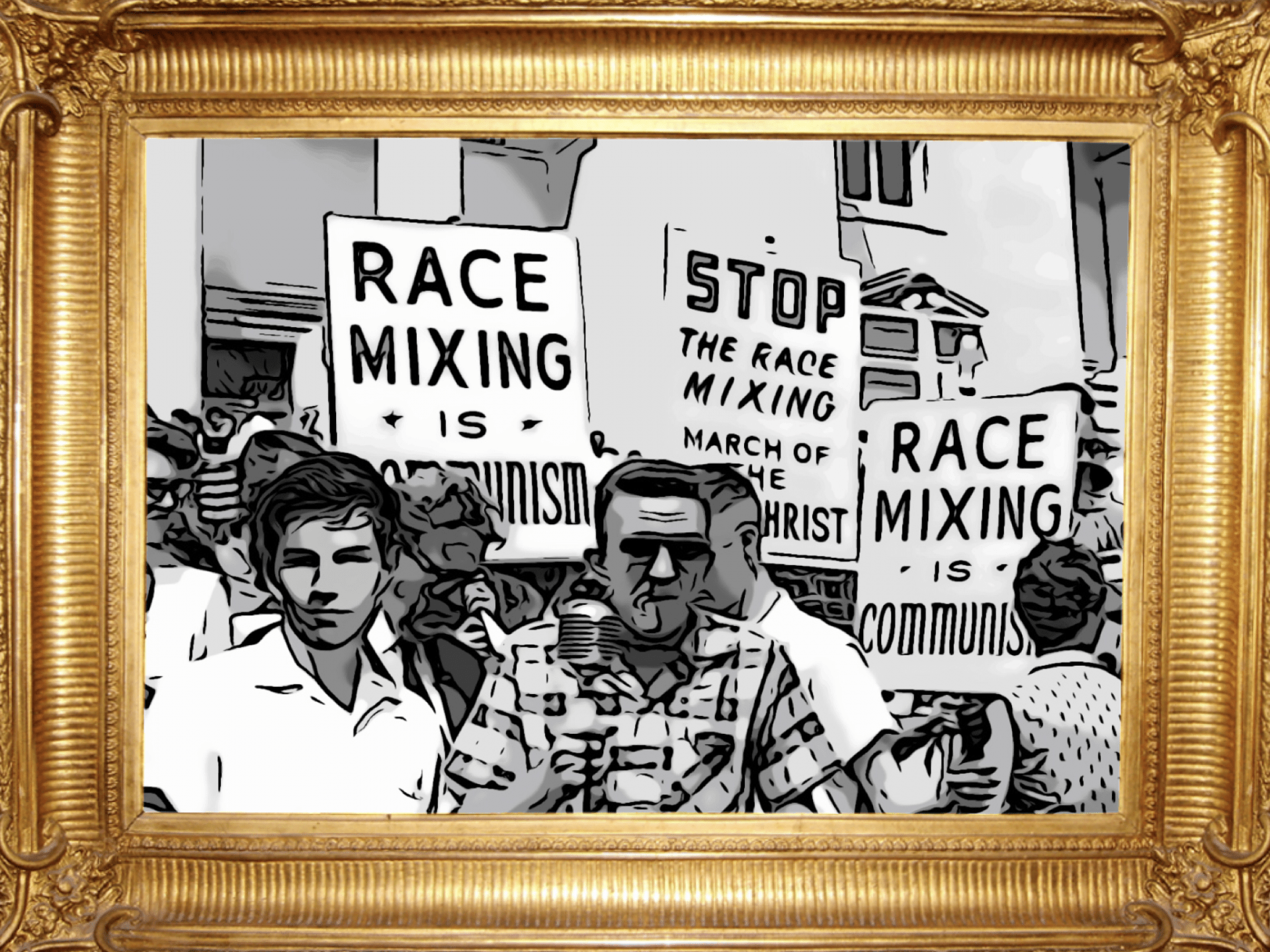
The hate of racism is easy when: it supports your social / political agenda
As mentioned for the last picture, racism was commonly used as a way for individuals to forward their social and political agendas. In order to ensure that they didn’t lose the Black workforce of their communities, White banks would often deny Black individuals farm loans so that they would have to work for others instead of starting their own farms. To keep two White men out of jail, the judge of the Emmett Till case appointed a jury of White men; all of whom were friends with the accused White murders. Despite even confessing to the murder later on, this was enough to free the men and maintain the White power that existed in the legal system. This kind of racism is was one of the most harmful, as it was so easy to do and so much could be lost from it.
Cause: This cause of racism can be hard to pinpoint as someone using it for this cause will obviously not share this as their motive, but it is an intense cause nonetheless. This is because, similar to when someone uses racism for power, they are fully aware of the reasoning of their actions, and will continue to do them until an event goes in the exact direction and happens with the specific intensity that they desire.
Consequence: The consequence of this kind of racism can easily be argued as one of the most damaging, once again due to its calculated nature. The impact will be as deep, widespread and long lasting and the individual creating it wills it to be.
Why This?
The reason that I chose to make these artifacts is because of the personal connection I have to family portraits. They are all around my house, my grandparent’s houses, on my parent’s phones; they are everywhere. I am surrounded by them constantly, and it is so easy to just accept them as a part of the house without giving them much thought. When my parents would tell me the stories behind each of these photographs, I had no reason not to believe them. When I read what my great uncle had written about some of them, it all made sense to me. I had this connection to all of these sources as something that made sense and was a part of my everyday life, and because of this it was so easy just to accept these pictures as they were. This led me to think though; what if these pictures had been pictures of racist things? Would I have found them just as easy to accept? Would it have been just as easy to be racist?
The pictures of the things in the photos also call back to the personal connections that people of the 1950’s would have had with their world. Going to the park, to a restaurant, watching the television; these were all staples of the happy 1950’s family. If they associated the racism in the newspapers, on the radio and in their daily lives with all these happy memories, then it would have been easy for them to support it too.
PGP
From my last blog post (which was written last week), not much has changed PGP wise. I have put more focus into the class however as I realize the importance it could have for my future, and outside of school have been practicing my driving skills during this opportune time. With the decreased work load of quarantine, I will continue this increased focus on the big picture.


